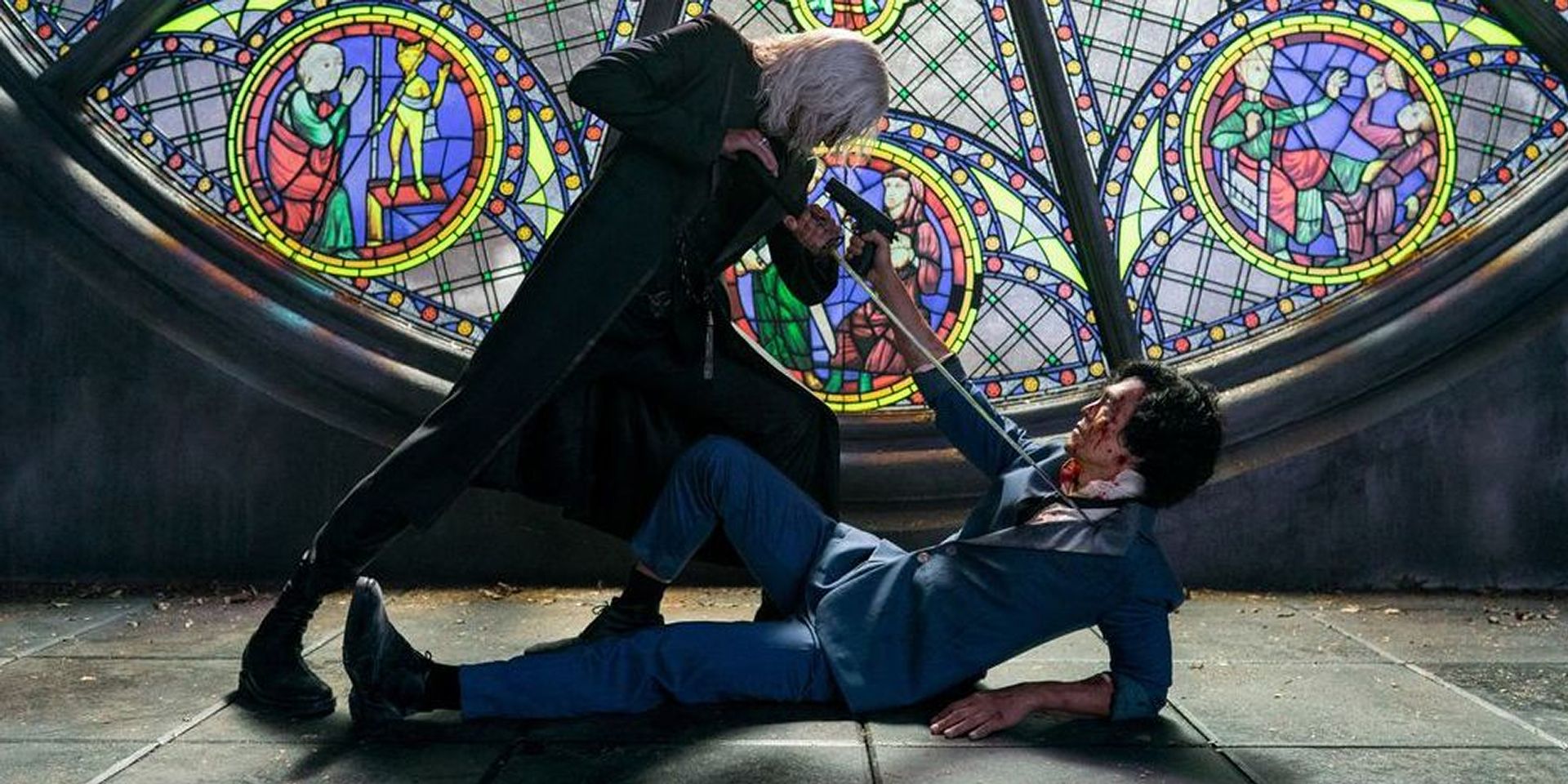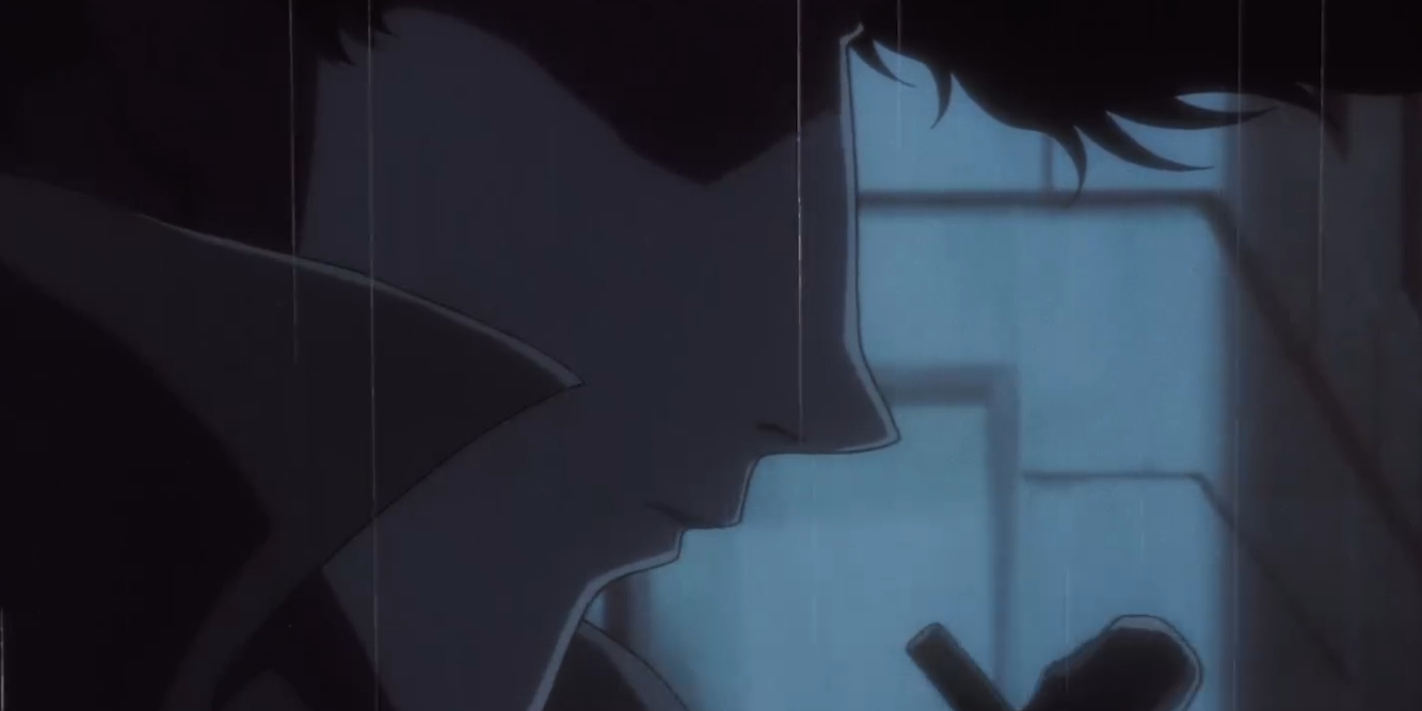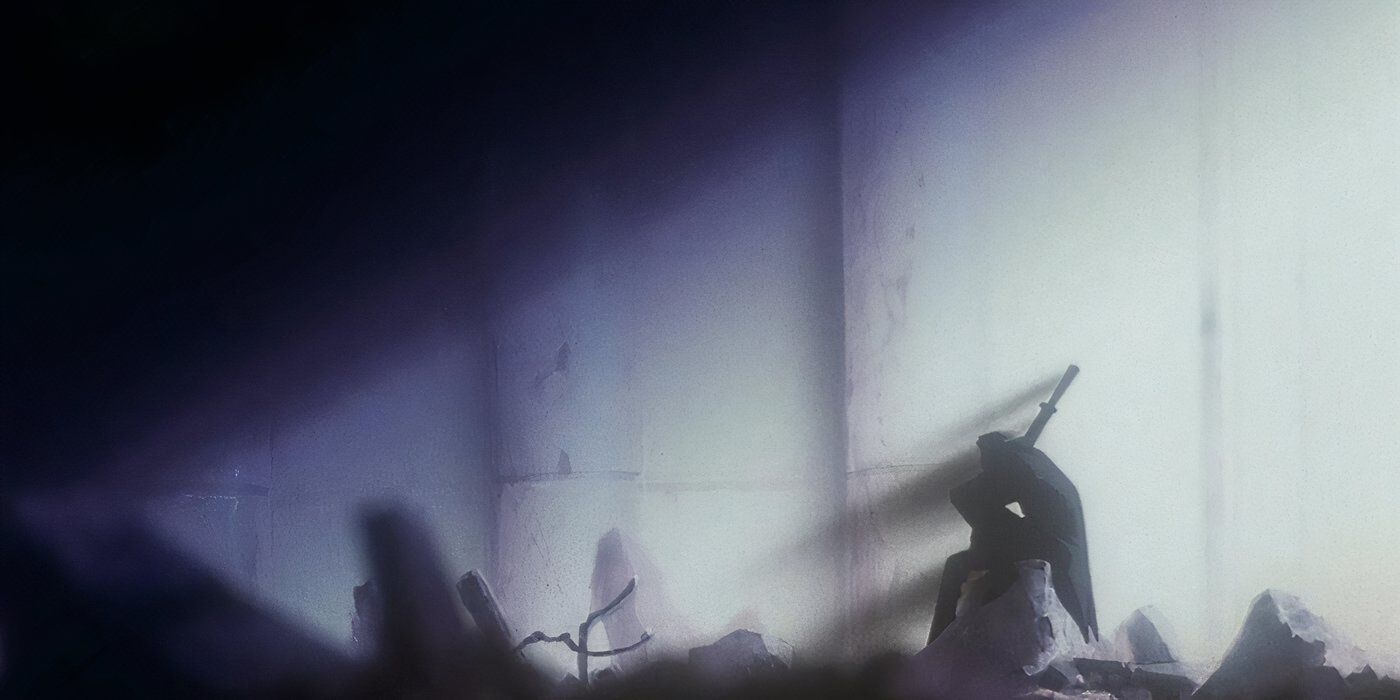
Before Shinichiro Watanabe’s Cowboy Bebop in 1998, many people had negative views of anime. Potential fans often dismissed anime series because of simplistic stories, and shonen anime was especially criticized for relying on overused and outdated ideas. Thankfully, Cowboy Bebop helped demonstrate anime’s potential when creators moved beyond clichés and repetitive plots.
Cowboy Bebop was widely praised and helped introduce many Western viewers to anime in the late 1990s. Though often described as a space western, the show successfully mixes science fiction, action, and drama, all within a stylish, dark atmosphere. Its success naturally led to a live-action adaptation on Netflix, but unfortunately, it didn’t live up to the original. The 2021 series failed to capture what made Cowboy Bebop so special, likely because trying to perfectly copy something unique is a recipe for disaster.
Cowboy Bebop Proved the Universal Appeal of Anime
Cowboy Bebop uniquely connected with audiences worldwide by blending diverse cultural influences. While set in a futuristic space environment, the show subtly integrated technology into its world, focusing more on creating a realistic atmosphere than explaining complex scientific details – things like how the Warp Gates or terraforming actually worked remained a mystery. By 1998, many of the sci-fi elements in Cowboy Bebop – spaceships reminiscent of Star Wars, advanced communication networks, and even potent drugs – were already familiar to Western audiences. This allowed viewers to easily connect with the show’s references and appreciate its storytelling. However, Cowboy Bebop’s true strength wasn’t just its sci-fi setting; it skillfully combined multiple genres, using science fiction as a foundation for a much richer and more complex narrative.
The world of Cowboy Bebop – a broken solar system filled with criminals, wanderers, and bounty hunters – draws heavily from Westerns. In many ways, Spike Spiegel’s work as a bounty hunter is more reminiscent of classic Western films than anything else. What’s more, each episode has its own distinct feel and style: ‘Asteroid Blues’ feels like a tragic space Western, while ‘Pierrot Le Fou’ is more like a strange and unsettling thriller.
Watanabe’s goal was to create a show with a wide variety of stories, treating genres as feelings and moods rather than strict rules. Cowboy Bebop constantly changes its tone, seamlessly moving between horror, action, comedy, crime, and drama—it’s hard to even notice when the genres blend. This diverse storytelling is beautifully unified by the music, composed by Yoko Kanno and performed by her band, The Seatbelts.
Yoko Kanno’s music for Cowboy Bebop is exceptional, often surpassing other anime soundtracks. While many anime scores rely on simple arrangements, Kanno blends orchestral elements with rock, jazz, and blues, creating a unique and immersive sound. The show’s opening theme immediately establishes the perfect mood, and each episode features at least one original song. Tracks like the playful “Mushroom Samba,” the quirky “The Egg and I,” the atmospheric “Slow Lion,” and the unforgettable “The Real Folk Blues” showcase how music can powerfully enhance the storytelling.
What really struck me about Cowboy Bebop is how perfectly its story fits the feel of jazz-blues. The music isn’t just background noise; it’s woven into the show’s loose, emotional style, and that makes it open to so many different readings. I’ve noticed that rewatching episodes actually reveals subtle differences in how the main storylines play out, letting you grasp the whole narrative in a deeper way. It’s like the music is another language, helping you unlock all the layers of what makes this anime so brilliant.
The strength of a story often comes down to its characters, and Cowboy Bebop is a perfect example. Even if you set aside everything else, the crew – Spike Spiegel, Faye Valentine, Jet Black, Edward, and Ein the corgi – were enough to make it one of the greatest anime ever created. While Spike’s personal journey is central to the plot, it’s not the only thing driving the story forward.
Spike’s story is deeply connected to the lives of his crew, and each of them grows and changes in unique ways. These individual journeys come together, creating a complex and emotional tapestry of relationships – filled with loyalty, hardship, family bonds, and everything in between. The series beautifully portrays hidden feelings, sometimes offering warmth and other times, a chilling coldness. Ultimately, the key to their happiness was simply staying together. When Ed and Ein left, it marked the beginning of the end for the crew of the Cowboy Bebop, and their close-knit family quickly fell apart.
I remember when Cowboy Bebop first hit the scene – it really elevated anime to a whole new level of respect! Before everyone was talking about Neon Genesis Evangelion, Cowboy Bebop was the show that completely blew people away and got them hooked on anime. What’s amazing is that even as it gained popularity in the West, it never lost its distinctly Japanese feel. I think that perfect blend of the familiar and the foreign is what really made people see it as a masterpiece. It wasn’t just a surface-level story, though; it was packed with layers of meaning, hidden references, and clever storytelling that made it truly special.
Cowboy Bebop Transcends the Anime Medium




Just like variety, a little uncertainty makes life – and stories – more interesting. Thoughtful viewers appreciate narratives with hidden depths and meanings beyond what immediately appears. While anime like Dragon Ball Z offered appealing characters and exciting action (especially for its time), Cowboy Bebop went further, adding complex themes and symbolism to its plot.
The anime initially appears bright and colorful, but this quickly proves to be misleading, applying to both the characters and the world they inhabit. While the visuals show a society falling apart – with decaying towns and rundown spaceships – Cowboy Bebop goes deeper. This is particularly noticeable with Spike Spiegel, whose growing sadness is reflected in the show’s color palette. Instead of the warm, nostalgic browns of classic Westerns, the series uses shades of blue, a color traditionally linked to feelings of sadness and depression.
Spike is a loner, haunted by his past and wandering through a life that feels incomplete. He’s given up on traditional justice, choosing instead to work as a bounty hunter. Faye Valentine, meanwhile, is a charismatic and quick-witted con artist who feels lost and disconnected because of her amnesia in this futuristic world.
I absolutely love how Cowboy Bebop portrays its characters! Before they all came together, each of them was running from something, avoiding their past. But once they found each other, it felt like a real family started to form. And honestly, it’s Ein and Ed who really hold everything together – they’re the glue that keeps the Bebop crew from falling apart. A lot of anime shows have these super strong, unbreakable bonds between characters, but Cowboy Bebop feels different. This found family feels so much more realistic, with all the messiness and uncertainty of actual relationships.
Ed and Ein leaving the Bebop highlighted how fleeting happiness can be, but it also pushed Spike to finally confront his past. Throughout Cowboy Bebop, Spike is haunted by a troubled history, and he repeatedly seeks guidance from the insightful Laughing Bull. The shaman speaks in riddles, calling Spike’s eye “the eye of truth” and giving him the nickname “Swimming Bird,” both of which show Spike’s struggle to find peace with who he was or who he is now.
Spike should be free as a bird, just like the spaceship he loves, the Swordfish II, but he’s haunted by his past, symbolized by his injured eye. While he’s the only character in Cowboy Bebop who finds some peace, it takes a shocking discovery for him to start making amends. Meanwhile, Faye and Jet don’t get clear resolutions to their stories, reflecting how life often leaves things unfinished.
Laughing Bull’s ideas are central to the themes of death, meaning, and making amends in Cowboy Bebop. Spike hears these ideas throughout the series, but doesn’t truly understand them until he’s finally ready to confront his own mortality and atone for past errors. The anime consistently explores a core question: can we find value in the present if we’re still burdened by the past?
Watanabe deliberately left Spike’s final destiny unclear, but it’s certain he ultimately discovered what it truly meant to live. Even if he died, it was a self-determined end – a fitting, though sad, conclusion for someone who had always drifted through life. As Spike lay dying, a star dimmed, mirroring Laughing Bull’s earlier vision. Finally, the words “You’re gonna carry that weight” appeared, a message that encapsulates the burdens of being human more powerfully than almost any other anime.
The Cowboy Bebop Live-Action Adaptation Proved the Franchise Is Fine As Is
When Netflix announced a live-action version of Cowboy Bebop, many fans reacted negatively. While a few were hopeful, most worried it would be another disappointing adaptation, similar to others that hadn’t captured the spirit of the original anime. Given how intricate and emotionally resonant Cowboy Bebop is, attempting a live-action version was a gamble, and the final result unfortunately lived up to fans’ concerns.
The 2021 live-action version was widely considered a failure, missing the original anime’s delicate balance of mood, atmosphere, emotional depth, and thoughtful themes. Even with the beautiful music composed by Yoko Kanno – a key reason John Cho agreed to star as Spike Spiegel – the adaptation still didn’t succeed.
Major publications like The New York Times, Entertainment Weekly, Variety, Time, Wired, and The Hollywood Reporter all largely agreed that the live-action adaptation was a mistake. Even the original creator, Shinichiro Watanabe, expressed his disappointment, admitting it was difficult for him to finish watching after just the first scene.
Watanabe highlighted that the original anime is far superior, and really, that’s the only positive thing to come from this remake. The live-action series was canceled after just three weeks, and it quickly became a prime example of how not to adapt an anime. Ultimately, it was clear Netflix wasn’t up to the task. While some critics offered a hopeful “Maybe next time,” attempting to recreate something so perfect would be a mistake.
Read More
- Percy Jackson Season 2’s Tyson Explained: Everything You Need To Know About The Cyclops Character
- Золото прогноз
- Прогноз нефти
- Прогноз криптовалюты BNB: прогнозы цены BNB
- Прогноз криптовалюты IP: прогнозы цены IP
- Supergirl Movie Will Clarify Superman 2025’s Most Controversial Retcon, Confirms Star
- It’s Been Weeks Since I Watched Freaky Tales, And I’m Still Thinking About That Random Tom Hanks Scene
- Spy X Family Season 3 Episode 2 Release Date, Time, Where to Watch
- I Love Ariel Winter’s Explanation For Why She Gets Just As Excited About Animated Characters Like Princess Sofia As Live-Action Roles
- Critics Have Seen Zootopia 2. How Does The Pun-Filled Disney Sequel Compare To Its Oscar-Winning Predecessor?
2025-11-05 19:46